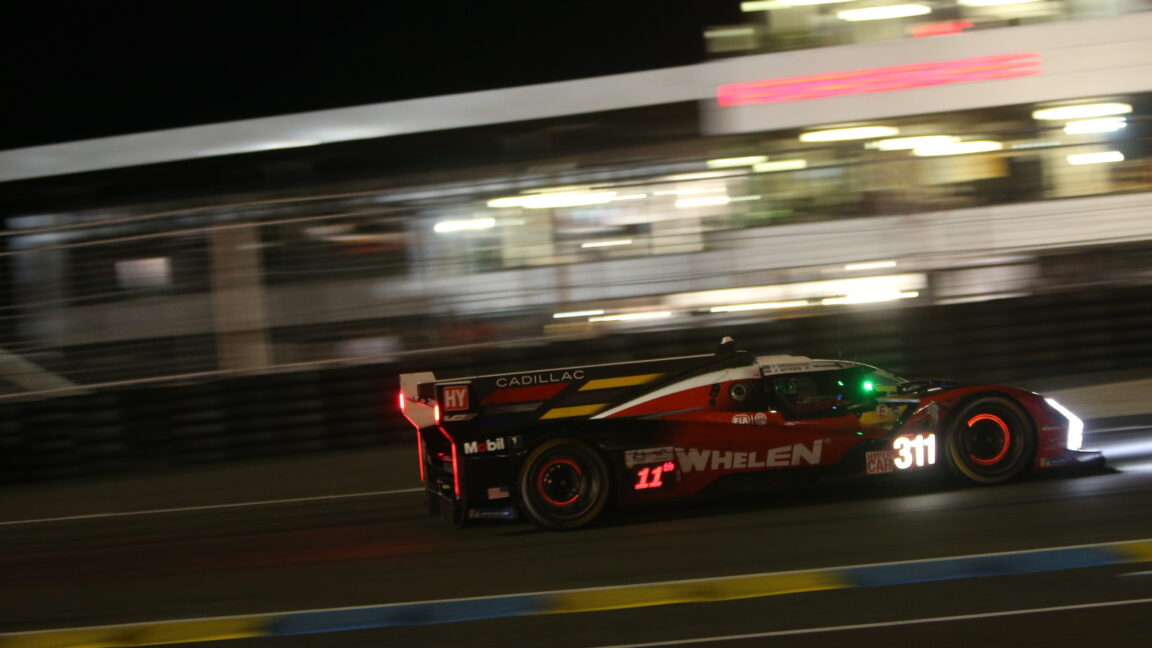
""Ultimately, the more cooling holes, the lower the temperature of the disc," Miller said. "You have mechanical wear between the disc and the pad, and 350˚ Celsius and below you have a lot of dust, which physically wears the disc. At higher temperature ranges, the dust between the pad and the disc creates friction. That results in less wear and less impact.""
""The automotive business is in a very deep transformation phase with new technology, software, AI, and electrification," Schillaci said. "Until a couple of years ago, Brembo was a very nice company building cast iron discs, aluminum calipers, and carbon ceramic for racing. But when it came to software, Brembo wasn't top of mind.""
""Sensify is more than brake-by-wire," Schillaci said. "Brembo has been collecting data from its test benches for many years. With this data, combined with our internally built algorithm, Brembo has increased its ability to read the data and understand the impulse in the braking system.""
More cooling holes contribute to lower temperature in brake discs, reducing wear from dust accumulation. As temperatures rise, dust creates friction, minimizing wear. Brembo is evolving beyond traditional manufacturing, focusing on software and technology to innovate in braking systems. The company hired over 100 software engineers globally, reflecting changes in the automotive industry, where software, AI, and electrification are critical. Introduced Sensify, a software-controlled braking system, it represents a breakthrough, integrating various engineering fields and providing enhanced data interpretation capabilities.
Read at Ars Technica
Unable to calculate read time
Collection
[
|
...
]